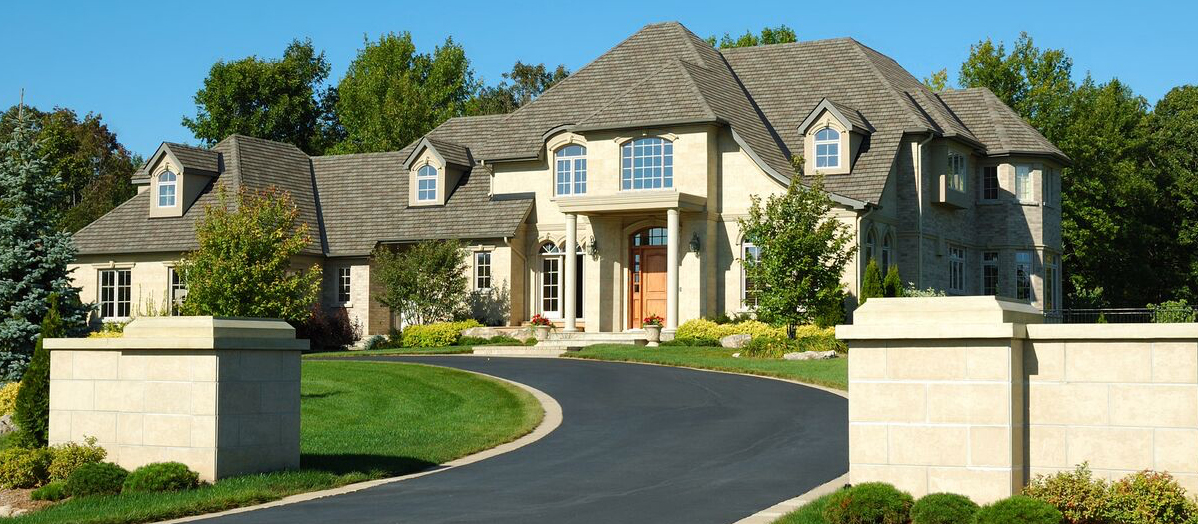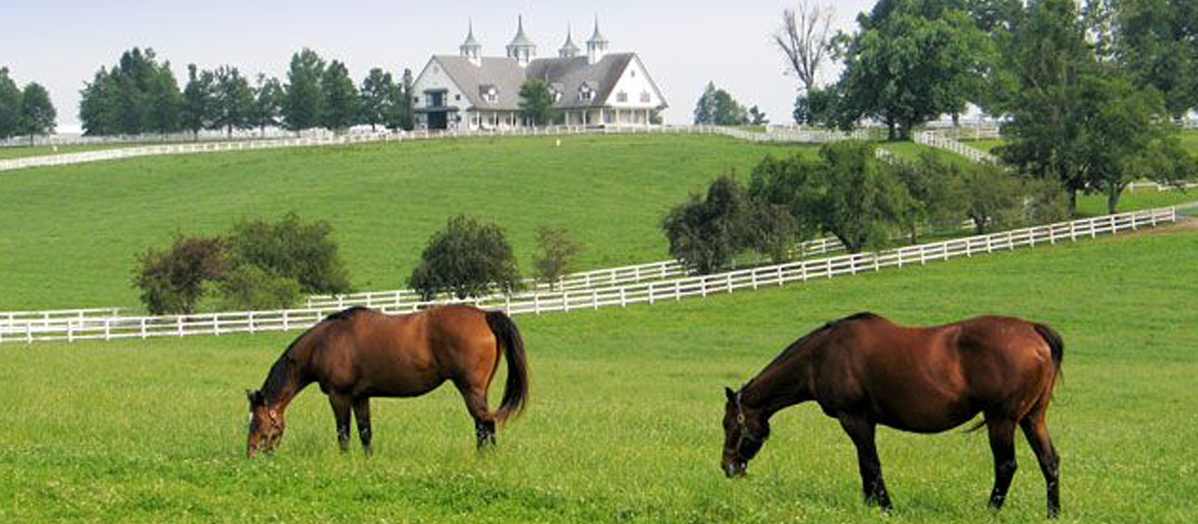Size Does Matter!

Those of us with horses know just how much we have
invested in keeping them healthy over the years. In this moment, that old adage about an ounce
of prevention being worth a pound of cure springs to mind. In the case of horse husbandry, a cliché such
as this couldn’t be any closer to the truth.
I am always in awe of these magnificent and majestic creatures; they
epitomize grace and power, yet they are fragile and easily broken. It’s an inspired dichotomy, and perhaps one
of Mother Nature’s most ironic gags. Despite
our best efforts to keep our hooved companions healthy, occasionally things do
go awry. It is in these moments that we
truly appreciate the beating our pocketbooks can take when they do. It is
true that some things are beyond our control, and like people, horses get sick
from time to time. This said, there is
much that is within our control and many equine illnesses are completely
preventable through properly managing their environments.
I will spare all of you the scientific mumbo jumbo that I have learned through my equine science studies at the University of Guelph, and fast forward to the stuff that matters to you when seeking out a new home for yourselves and your horses.
Horses have delicate digestive tracts and need locomotion to properly process and digest the food they ingest. The ill effects of being deprived adequate room to move and forage are systemic, and aside from the ensuing behavioural issues that result, they can, and will, colic as well. As horses are physically incapable of vomiting to relieve their discomfort, or to eject foodstuffs that they maybe shouldn’t have consumed, colic in some cases translates to mortality. In essence, and in the world of equine real estate, size does matter! As a general rule, and in order to maintain optimal health, each horse requires a minimum of 5 acres to roam and forage. When doing the math, keep in mind that pastures also require maintenance and must be “rested” periodically. Pasture rotation ensures that your horses have enough to eat and controls the spread of diseases and parasites transmitted through their manure. This too needs to be factored into your acreage calculation when searching for Nelly’s new home.
Proper shelter is also a key consideration to maintaining good health. Stalls should be large enough to allow for unrestricted movement when contained, and your barn should be adequately ventilated without being drafty like the catacombs of St. Sebastian. You thought your cat pan could stink? Horse urine contains very high ammonia concentrations and is damaging to the very delicate tissues of their lungs. Notwithstanding the obvious reasons for keeping your horse’s stalls clean, proper ventilation will ensure that there is enough fresh air for your horses to breathe; minimizing the risk of them contracting COPD; a chronic respiratory condition that is oftentimes difficult and expensive to manage, not to mention, irreversible.
While you may rejoice and romanticize about the beautifully resorted Victorian you’ve discovered, nestled amidst the stand of red maples, your horse will soon come to hate you for it and your veterinarian will know the smell of your money all too well. The wilted leaves of the red maple contain gallic acid and can have catastrophic effects in high enough doses. Further, the leaves, nuts and wood of the Black Walnut cause laminitis in horses; the effects of which can be seen in a little as 20 minutes, post exposure. The list of equine-toxic plants is extensive but some others to be mindful of are; Bristly Foxtail, Wild Mustard, Field Horsetail, Bracken Fern, Milkweed, Burdock, Tall Buttercup, Yew (in even the smallest dose will, in most cases, result in heart failure), Alsike Clover, Buckwheat, St. John’s Wort and some exotics like Rhododendron. Be aware of these plants when viewing properties and factor their removal into your budget should they be present on any property under consideration.
When combing the countryside for your new equestrian friendly piece of paradise, be sure that the well can produce an adequate supply of “clean” water. Not only do you need to ensure that your home has a sufficient supply for your family, but you’ll need to be sure that it produces enough to keep your horses properly hydrated. On any given day, your horse can consume as much as 25 liters or more of water. In order to mitigate any threat of contamination, it’s also a wise idea to ensure that the well is a sufficient distance away from the paddocks and your manure pile. You’ll probably want to make sure that the barn has a water supply as well, so that you aren’t schlepping water from your house….. water is heavy and you have better things to do with your time than spend the day hauling water. You will also want an electrical outlet in the barn and one that is close to the stock tanks; Canadian winters are cold and you will need to use an emersion heater in the stock tank to prevent freezing during the winter months.
Hay storage is another consideration. In yester year, it was common practice to store hay in the barn with the animals. Today we know better and have learned that doing so is probably not in the best interest of our horses. Hay can be dusty and these small dust and mold particles can be inhaled by our horses, resulting in respiratory infections and COPD. Improperly stored hay is also a fire hazard (damp hay can spontaneously combust); it’s preferable to lose a storage shed to fire then our barn and horses along with it.
Fencing should be another consideration and requires careful inspection. Not only is the fencing material something that needs to be noted (oak board, cedar post and rail, wire, flex-fencing, PVC etc), but so too does its condition. Paddock fencing is the only thing keeping your horses contained and safe from any immanent dangers that lurk beyond, like traffic for example. Depending on the fencing materials, repairs and maintenance can be costly and should be factored into your budget. Further, wire fencing, in and of itself, can pose a threat to the safety of your horse, even if it is in good condition. This type of fencing should be replaced immediately whenever possible. Not all fencing types are created equally, and while some alternatives are more costly out of the gate (flex-fencing and PVC), it is more durable and maintenance free; saving you significant expense over the long term.
Now that you have been completely overwhelmed, I am going to tell you not to be. Rather, focus that energy on seeking out a realtor who understands and appreciates the special characteristics of an equine friendly property. You wouldn’t go to your urologist or gynecologist when you have the flu, nor should you seek real estate council from a practitioner who doesn’t possess the knowledge to properly assess equine real estate.
Happy trails!
Michael







